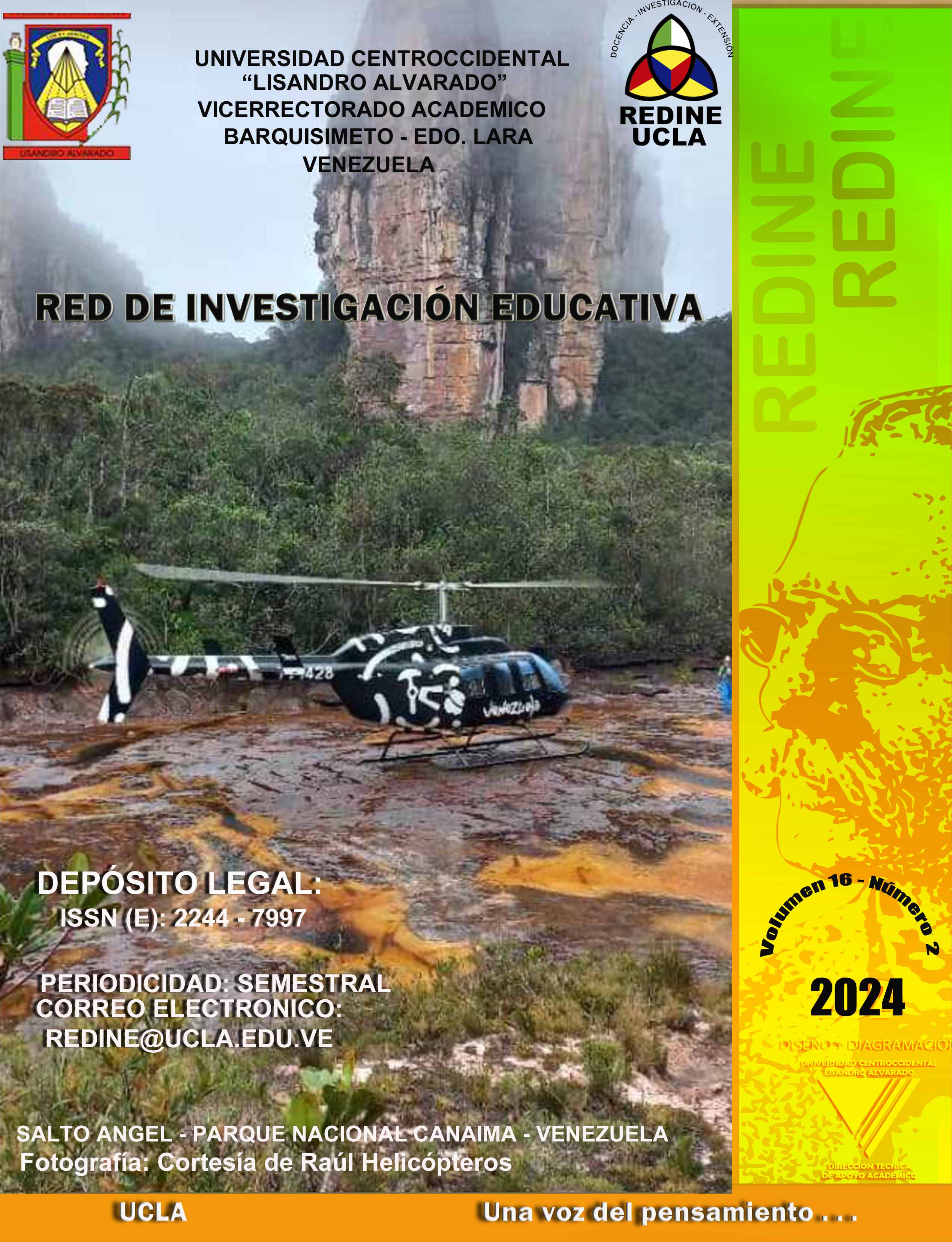Information entropy as a communicational barrier in managerial praxis
DOI:
https://doi.org/10.5281/zenodo.12559333Keywords:
Entropy, Information theory, Communication barrier, Managerial praxisAbstract
Information theory and entropy are related in the context of management and information management in organizations. In information theory, entropy is used as a measure of the uncertainty or disorder in a set of messages. The amount of information needed to reduce that uncertainty will depend on the way the message is organized; from there, part of the usefulness of information theory in managerial praxis emerges, because efficient communication will seek to reduce entropy and maximize useful and relevant information for managerial decision-making. The purpose of the essay is to identify entropy in information theory as a communication barrier for managerial praxis. As theoretical references we have Clausius (1865), creator of the term entropy, Shannon and Weaver (1948), precursors of information theory or mathematical theory of communication, Bertalanffy (1958) with general systems theory, Katz and Kahn (1986) with its contributions to organizations as systems. After a documentary review of the aforementioned theories, it is concluded that, communication barriers and the lack of clarity or distortion of messages are known within information theory as entropic elements, which can make understanding and accurate interpretation difficult of information, and in turn affect the decision-making process based on incomplete or incorrect information, disturbing management praxis
Downloads
References
Bertalanffy, L. V. (1976). Teoría general de los sistemas. Fundamentos, desarrollo,
aplicaciones. Primera edición en español. Fondo de cultura económica. México.
https://fad.unsa.edu.pe/bancayseguros/wp-content/
uploads/sites/Teoria-General-de-los-Sistemas.pdf
Césarman, E. (1982). Orden y Caos. El complejo orden de la naturaleza. Editorial Diana.
México. Primera edición, junio de 1982.
Katz, D., y Kahn, R. (1986). Psicología Social de las Organizaciones. México: Trillas
https://www.academia.edu/27894499/Katz_D_Kahn
_R_Psicolog%C3%ADe_Social_de_Las_Organizaciones
López, M.; y Santos, A. (2002). Boltzmann y la segunda ley. Sobre la relación entre la segunda
ley de la teoría mecánica del calor y el cálculo de probabilidades o los teoremas sobre el equilibrio
térmico de Boltzmann, L. (1877).
https://www.eweb.unex.es/eweb/fisteor/andres/publications/Boltzmann_ms.pdf
Mejía, J. (2019). Teoría de la innovación organizacional. Una descripción de las principales
escuelas y sus contribuciones por autor. Primera edición. Centro Universitario de ciencias
económico-administrativas. Universidad de Guadalajara. México.
Montenegro, A. (2011). Información y Entropía en Economía. Revista de Economía Institucional,
vol.13, núm.25, pp.199-221. Universidad Externado de Colombia. Bogotá, Colombia.
http://www.redalyc.org/articulo.oa?id=41921464009
Morgan, G. (1990). Imágenes de la organización. México: Alfaomega.
http://institutocienciashumanas.com/wpcontent/uploads/
IMAGENES_DE_LA_ORGANIZACION.pdf
Morín, E. (2008). Fundamentos teóricos del pensamiento complejo. Revista Electrónica Educare,
vol. XII, núm. 2, 2008, pp. 95-113 Universidad Nacional Heredia, Costa Rica.
ISSN: 1409‐42‐58 http://www.redalyc.org/articulo.oa?id=194114586009
Pidal, M. (2009). La teoría del caos en las organizaciones.
https://www.researchgate.net/publication/303708927
Tenemaya, L. E. (2021). Canal TEOCOM. Modelo de Shannon y Weaver. Teorías
de la Comunicación. [Archivo de Video]. YouTube.
https://www.youtube.com/watch?v=F7RoPCV2Lsw
Wagensberg, J. (1985). Ideas sobre la complejidad del mundo. Barcelona: Tusquets Editores.
https://www.redalyc.org/pdf/993/99318315012.pdf
Zambrano, G. (2020). Canal TEOCOM. Canal de comunicaciones. [Archivo de Video].
Published
How to Cite
Issue
Section

This work is licensed under a Creative Commons Attribution-NonCommercial-ShareAlike 4.0 International License.
Derechos del/de autor/es a partir del año de publicación
Esta obra está bajo la licencia:
Creative Commons Reconocimiento-NoComercial-CompartirIgual 4.0 Internacional (CC BY-NC-SA 4.0)
Las opiniones expresadas por los autores no necesariamente reflejan la postura del editor de la publicación ni de la UCLA. Se autoriza la reproducción total o parcial de los textos aquí publicados, siempre y cuando se cite la fuente completa y la dirección electrónica de esta revista. Los autores(as) tienen el derecho de utilizar sus artículos para cualquier propósito siempre y cuando se realice sin fines de lucro. Los autores(as) pueden publicar en internet o cualquier otro medio la versión final aprobada de su trabajo, luego que esta ha sido publicada en esta revista.




